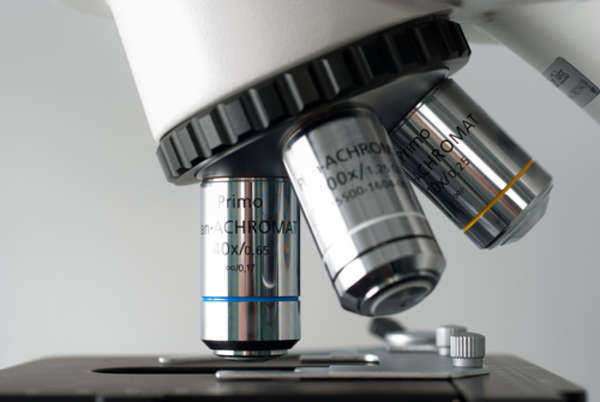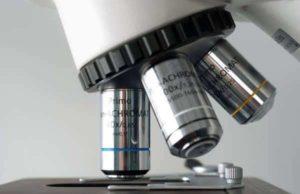Head-First Births Safe Before 32 Weeks

Introduction
The position in which a baby is born can have a significant impact on their health and wellbeing. In most cases, a baby is born head-first, known as a vertex position. However, there are cases where a baby is born bottom-first, known as a breech position. Historically, breech births have been considered more dangerous and often resulted in a cesarean section delivery. However, a new study published in the American Journal of Obstetrics and Gynecology has found that head-first births before 32 weeks of gestation are safe, even if the baby is in a breech position. In this article, we will explore the study’s findings and what they could mean for the management of breech births.
The Study
The study looked at the outcomes of nearly 1,500 premature babies who were born between 28 and 32 weeks of gestation in breech or vertex positions. The researchers found that there was no significant difference in the rates of complications or mortality between babies born head-first or bottom-first. Additionally, the study found that babies born head-first in the breech position were not at a higher risk of complications or mortality compared to those born in the vertex position.
Implications for Breech Birth Management
The findings of this study have important implications for the management of breech births, particularly for premature babies. Historically, breech births have been considered more dangerous and often resulted in a cesarean section delivery. However, this study suggests that head-first births before 32 weeks of gestation can be safely managed through spontaneous vaginal delivery, even if the baby is in a breech position.
Importantly, the study highlights the need for personalized care and careful consideration of each individual case. While head-first births may be safe in certain circumstances, there are factors such as the baby’s size, the mother’s health, and the presence of other complications that may warrant a cesarean delivery. Women should work closely with their healthcare providers to ensure that the safest delivery method is chosen for their individual circumstances.
Conclusion
The study published in the American Journal of Obstetrics and Gynecology suggests that head-first births before 32 weeks of gestation are safe, even if the baby is in a breech position. This has important implications for the management of breech births, particularly for premature babies. While head-first births may be safe in certain circumstances, personalized care and careful consideration of each individual case are important. Women should work closely with their healthcare providers to ensure that the safest delivery method is chosen for their individual circumstances. As research in this area continues to develop, it is important that best practices for breech births are based on the best available evidence and tailored to each individual’s unique needs.
On September 21, 2012, the National Institutes of Health reported that infants delivered head-first in standard deliveries before the 32nd term are just as likely to survive as infants delivered by a planned cesarean.
Infants born before the 32nd week face an increased risk of “death, cerebral palsy, developmental delays, infections and vision and hearing problems.” Many studies have argued that infants delivered vaginally before the 32nd week face an increased risk of injury or other health risks once passing through the birth canal, and many of the same studies have promoted cesarean deliveries in such situations.
However, the NIH argues otherwise. In the recent study, the NIH compared results between about 3,000 women who underwent a head-first, standard delivery and those who chose a planned cesarean delivery.
The NIH reports, “Nearly 80 percent of the women with a fetus positioned head-first attempted a vaginal delivery, and 84 percent of them were successful. The remainder ultimately delivered by cesarean.” The success rate was the same for planned cesareans.
The survival rate for breached infants under 32 weeks is significantly higher during a planned cesarean. Uma M. Reddy, M.D., M.P.H., of the Eunice Kennedy Shriver National Institute of Child Health and Human Development states, “The decision to deliver vaginally or by cesarean is an individual one, and must be made carefully by the woman, in close consultation with her physician”
The NICHD conducted the study, and their next goal is to understand the results from “extremely preterm” deliveries and the neurological and physical disabilities associated with such deliveries.
The study presents several challenges in medical malpractice law. A doctor is now less liable if they suggest a head-first, standard delivery before the 32nd week. Still, the link between preterm deliveries and neurological disabilities needs studied further.
Source: National Institutes of Health






















